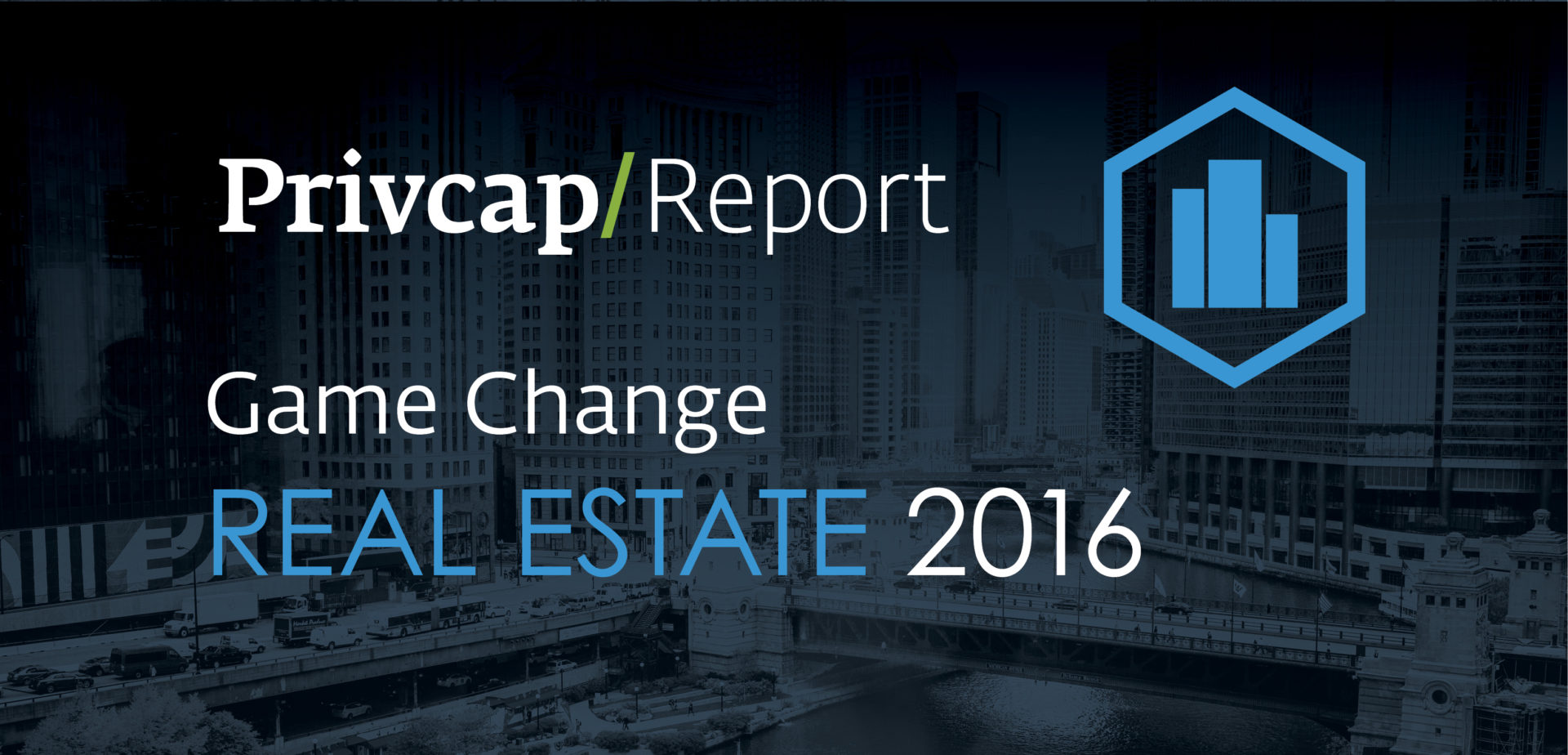Real Estate Debt: A Rising Asset Class
Portfolio Manager for PGIM’s real estate debt strategies describes the risk-return spectrum for real estate debt, the challenges the asset class faces as it grows, its appeal to institutional investors, and what is likely to happen in a rising interest rate environment
Privcap: What is your approach to real estate debt, and how have you structured this platform to succeed?

Steve Bailey, PGIM Real Estate: Within Prudential we have a very large investment management business called PGIM. Inside that broad umbrella of businesses, we have capabilities of both real estate debt and equity. PGIM’s real estate debt strategies are really built to take advantage of those debt and equity capabilities and to bring the best of the two.
Real estate debt is a burgeoning asset class, and yet it’s one that not every institutional investor fully understands. How do you define the asset class?
Bailey: Our business operates in what we call the high-yield debt space. And our definition then starts core-plus debt, which sits risk- and return-wise just above CMBS or life company lending or bank lending—more commodity-like debt.
Can you give examples of types of real estate debt investment on different ends of the risk-return spectrum?
Bailey: In our core-plus strategic approach to the market, we are looking at primarily bridge lending on stabilized assets as an alternative to a long-term fixed-rate mortgage. We’re also looking at some lending on transitional assets. So when you look at stable assets and light transitional kinds of assets, the cash flow from those is very predictable and therefore low-risk.
At the other end of the risk-return spectrum, you see heavy transitional types of assets—so a historic industrial building in an urban market being converted to a multifamily building. Or you might see a development project [for] ground-up development, and we could lend to those assets either through mezzanine or preferred equity investment— subordinated investments. Or whole loan lending where we’re, in essence, taking the senior position and the mezzanine position in one investment.
Can you talk about how, tactically, real estate debt was used in the downturn and what the results were?
Bailey: The results were pretty good. We participated in that marketplace. Coming out of the financial crisis, the risk-return comparison of real estate debt to equity was very favorable. So in our view, we were getting equity-like returns for taking very conservative debt risk. And so as a tactical move for our investors, it made perfect sense. Now, the opportunity was short-lived, and it got arbitraged away fairly quickly.
As you speak to investors, do they sometimes wonder which bucket their allocation to real estate debt should come out of? And what do you think the right approach to that allocation is?
Bailey: That is absolutely a challenge for the growth of our industry. The investors we speak to are often set up in a way where their different groups, their staffs, are set up to be real estate or fixed income or alternatives. They have very defined strategies for what they do. Real estate debt often falls somewhere between those various strategies.
I think we need to be better about defining strategies and making sure that institutional investors understand the array of opportunities that we can bring with real estate debt.
How transparent is the real estate debt asset class currently, and what challenges remain?
Bailey: What I defined as the high-yield part of the business lacks transparency. And it is a challenge, because many investors need to have solid benchmarks—very transparent ways of looking at the market comparison of different managers across strategies. And that’s hard to do right now. So one thing that we are involved with, with some of our colleagues in the industry, is creating a benchmark— or, actually, a series of benchmarks— that address that transparency issue. I think it will take a few years, but if we want the asset class to be well accepted, then I think it’s an important step in that direction.
If an investor was to consider real estate debt as an alternative to core equity, how should they evaluate that opportunity?
Bailey: When we say real estate debt, it can include a broad variety of investments. And so the way I think about the marketplace and what we do, is that there are some lower risk-lower returning strategies that are much more strategic and should be part of a long-term part of a portfolio.
I’m mostly talking about core-plus kinds of investment strategies, but they’re income oriented. They’re lower risk. They’re lower volatility, and they have lower correlation to real estate equity strategies and other major asset classes. Strategically, these sorts of investments are meant to be income producing diversifiers in an institutional portfolio.
How do you think your kind of investing will be affected in a rising interest rate environment?
Bailey: That’s the trillion-dollar question. The hunt for yield across the globe has been so intense that we’ve seen, at least at some level, what we think is a warping of proper risk-adjusted returns. And some investors [are] perhaps being too aggressive price-wise or structure-wise in trying to invest dollars that they’ve raised that need to get put into the market. So from our perspective, a rising interest rate environment relieves some of that pressure, hopefully normalizes the market—and [brings us back] to a better risk-adjusted return with less competition—that is behaving in a way that … might not be fully rational.










